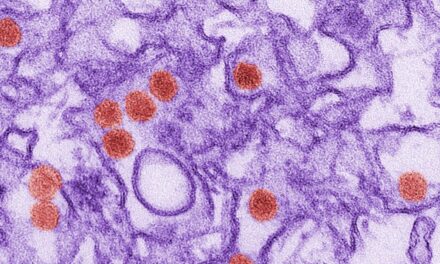(Newswise)–Unaccompanied homeless youth, especially females, have high rates of sexual and physical victimization – both before and after leaving home.
These findings and others will be shared at the 40th annual scientific meeting of the Research Society on Alcoholism (RSA) in Denver June 24 to 28.
“Nearly 36,000 unaccompanied youths under the age of 25 are homeless on any given night in the U.S.,” said Joan S. Tucker, senior behavioral scientist and professor at the RAND Corporation. “Many of these youths have histories of child abuse, and many will be victimized while on the street. It is important to understand the health implications of these victimization experiences, including their impact on alcohol and drug use, in order to help these youth reach their full potential in leading healthy and productive lives.” Sadly, she added, this population is both vulnerable and understudied.
“Being victimized is associated with substance use, but these associations are complex and vary by gender,” explained Tucker. “For females, we found that the associations are limited to alcohol use, whereas for males they are limited to marijuana use and screening positive for a substance-use disorder. The associations we found for childhood victimization showed that youth who had been victimized tended to engage in more substance use; however, the pattern was less clear for recent victimization, where there was some evidence that youth who had been victimized tended to use less under certain conditions.” Tucker will present her research at the RSA meeting on June 28.
Tucker interviewed 273 (200 males, 73 females) homeless youth with a history of service engagement, that is, who had ever used a drop-in or access center for homeless youth. She noted that poorer mental health did not appear to be an explanatory mechanism for any of the associations found between victimization experienced and current substance use.
“Victimization and substance abuse are pervasive and interrelated problems in the lives of unaccompanied homeless youth.,” she said. “Programs to prevent and treat substance abuse would benefit from a more nuanced understanding of their complex associations, including how they may differ by gender.”








